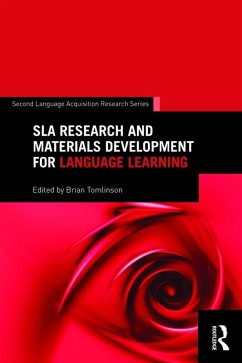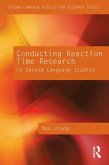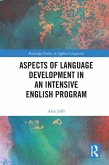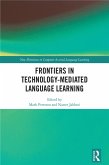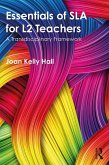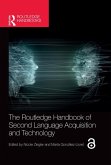SLA Research and Materials Development for Language Learning is the only book available to focus on the interaction between second language acquisition theory and materials development for language learning. It consists of contributions written by experts in SLA, experts in materials development, researchers who have expertise in both fields, and introductions and conclusions by the editor. The book is organized into four major sections - position statements; materials driven by SLA theory; evaluations of materials in relation to SLA theory; and proposals for action - that offer a diverse range of perspectives while maintaining a cohesive and comprehensive overview on the subject. This book is ideal for post-graduate courses in applied linguistics and second language acquisition and for researchers interested in the relationship between SLA and materials development.
Dieser Download kann aus rechtlichen Gründen nur mit Rechnungsadresse in A, B, BG, CY, CZ, D, DK, EW, E, FIN, F, GR, HR, H, IRL, I, LT, L, LR, M, NL, PL, P, R, S, SLO, SK ausgeliefert werden.

